


Rob Harper
gamer level 8
35245 xp
35245 xp
followers
49
49
Use my invite URL to register (this will give me kudos)
https://boardgaming.com/register/?invited_by=robharper
profile badges




recent achievements

Rated 100 Games
Rate 100 games you have played.
Rate 100 games you have played.

I'm Completely Obsessed
Play a specific game 50 times
Play a specific game 50 times

Gamer - Level 8
Earn Gamer XP to level up!
Earn Gamer XP to level up!

El Dorado
Explore select games by completing a series of exploration actions ...learn more »
Explore select games by completing a series of exploration actions ...learn more »
Player Stats
Critic (lvl 3)
1405 xp
1405 xp
Explorer (lvl 5)
5420 xp
5420 xp
Professor (lvl 3)
972 xp
972 xp
Reporter (lvl 3)
1171 xp
1171 xp
About Me
I'll have a go at playing just about anything, but my main focus would be (mostly light-to-medium weight) Eurogames -- I remember how excited I was when Rio Grande started publishing English language versions of German games.
For some years I haven't had as much opportunity to play (possibly calling into question my "avid" status!), but recently my young daughter has been getting more and more into gaming, which means I get a regular gaming partner and an excuse to buy more games!






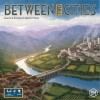



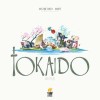





















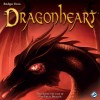


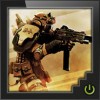

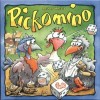

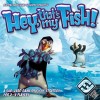
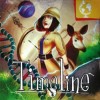



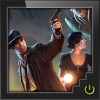
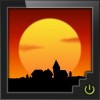
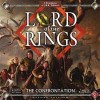




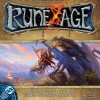



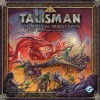


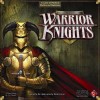





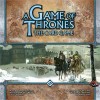






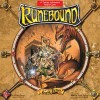



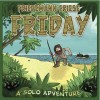


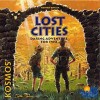
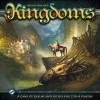

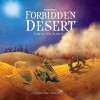



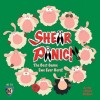



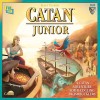
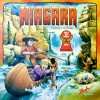





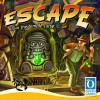



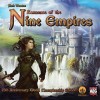










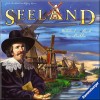

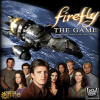
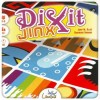


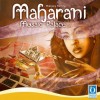


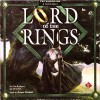





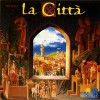
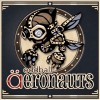



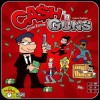

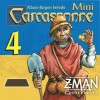

















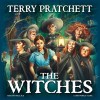

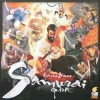




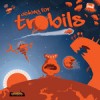




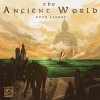

![Go to the [redacted] page Go to the [redacted] page](https://boardgaming.com/wp-content/uploads/2014/10/redacted-65x100.jpg)










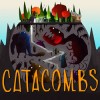









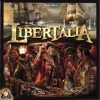


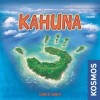



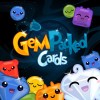




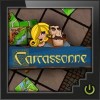







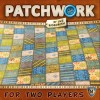

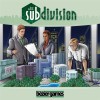
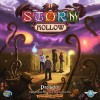
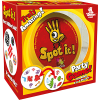
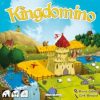



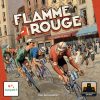
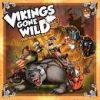




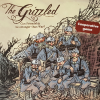
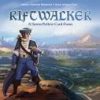









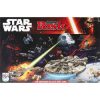

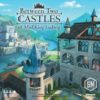











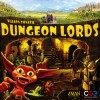
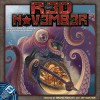

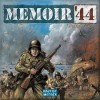





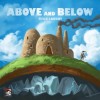
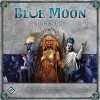
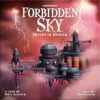











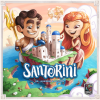

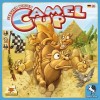


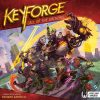





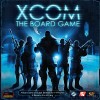


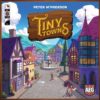
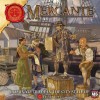

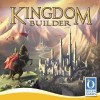

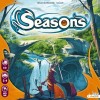



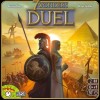
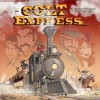
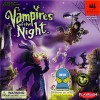





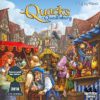


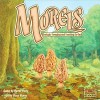
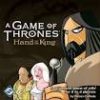

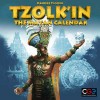


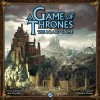
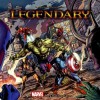
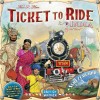



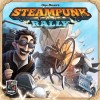

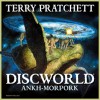
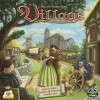


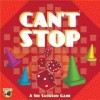




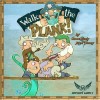





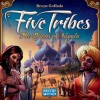

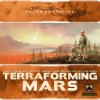


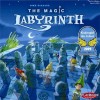





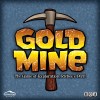

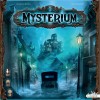
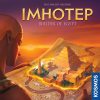



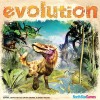



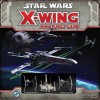




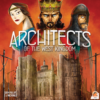
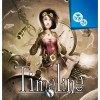
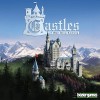

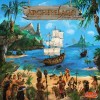




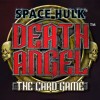







Between Two Cities
Between Two Cities has, over the last few months, quickly become one of my favourite lightish games. I have played it with all player counts from 3 to 7 and it takes about the same amount of time (20 to 30 minutes) every time, and only takes a few minutes to explain.
The basic idea of the game is that you are collaborating with your neighbouring players to construct cities: one is shared with the player to your left and one to the right. Game play consists of a series of tile drafts, where you choose two tiles (representing buildings and city locations) from a selection in your hand and pass any left over. The two tiles you choose get distributed to the two cities you are working on, with the agreement of the partner you are working with.
At the end of the game, everyone should be sitting between two 4-by-4 grids of tiles, and each city scores points according to assorted criteria depending on what types of buildings are there, and how they are arranged. Your personal score is the lower of the scores for the cities you worked on.
The dynamic of the game is fascinating. Whenever I have played it there has been a minute or two of relative quiet while draft picks are made, and then when everyone is done, the chosen tiles are revealed and the table explodes into conversation as everyone discusses optimum placement with their partners. It is also worth noting that even if some players don’t quite “get it” to start with, they are sitting next to two players who have a genuine interest in seeing them do well, so this can work fantastically as a gateway to bring in more casual players.
Given the lightness and speed of play, this is never going to be a “main event” game, but it’s not really meant to be. One warning, though: I haven’t ever seen this happen but I have talked to someone who played Between Two Cities in a group of players who wanted to strategise and optimise on every turn, leading to over an hour of play and very little fun. This seems like an edge case (as I said, every game I have played has been under 30 minutes), but you may still need to set expectations if you are playing with deeper strategy gamers.
The obvious comparison here is with 7 Wonders, which is another drafting game which scales really well up to 7 players. 7 Wonders has more moving parts and has more depth to it, plus a bunch of expansions, if you feel you need them. Between Two Cities is a touch lighter, certainly easier to explain, and is quicker to set up and pack away, plus it has the collaborative build element which is something really special.
Oh, and the components are all top quality: the artwork is well executed, the tiles are of satisfyingly thick cardstock, and the city tokens are nice little lumps of wood.
Overall I have to give a strong recommendation for Between Two Cities. I liked it to start with, and it is growing on me even more. I can see this coming out on a regular basis for many years to come.